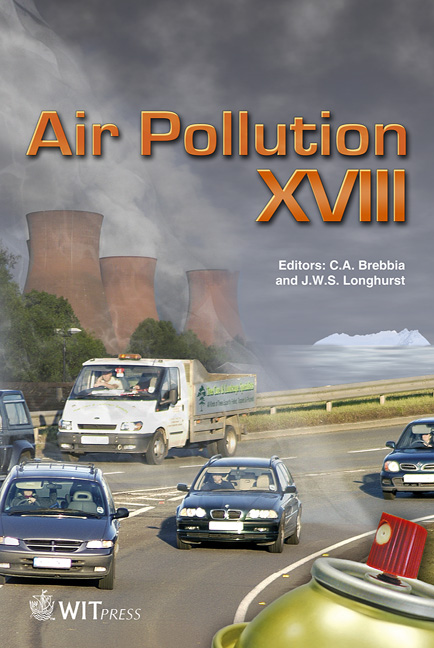Evaluation Of Elution Behavior And Morphological Change Of The Cryptomeria Japonica Pollen Grain And Release Of Its Daughter Allergenic Particles By Air Polluted Rainfall
Price
Free (open access)
Transaction
Volume
136
Pages
13
Page Range
185 - 197
Published
2010
Size
1,620 kb
Paper DOI
10.2495/AIR100171
Copyright
WIT Press
Author(s)
Q. Wang, S. Nakamura, X. Gong, S. Lu, D. Nakajima, D. Wu, M. Suzuki, K. Sakamoto & M. Miwa
Abstract
In Japan, Cryptomeria japonica pollen are scattered during each spring season. Daughter allergenic particles are released, which are smaller in size than their parent pollen grain and are abundant in a particle size below 1.1 μm in the atmosphere; nevertheless, Cryptomeria japonica pollen size is about 30 μm. Therefore, daughter allergenic particles of pollen are transported in the urban atmosphere for a long time after their release. In particular, the daily variation delays in the peaks of allergenic Cry j 1 concentrations of Cryptomeria japonica pollen compared with the peaks of airborne pollen counts were observed in high levels during one or two sunny days after rainfall. In addition, long range transportation of Asian dust from the East Asian continent, called yellow sand, was also found during the pollen scattering seasons in Japan, due to global warming. Therefore, the interaction between pollen and air pollutants, including yellow sand, should be of concern. Thus, in this study, the morphological change of Cryptomeria japonica pollen and the elution behavior of its allergenic contents (Cry j 1) were also investigated when in contact with simulated air polluted rain containing various crustal particles and/or secondary formed inorganic particles. As a result, pollen might burst at high humidity before
Keywords
Cryptomeria japonica pollen, allergenic Cry j 1, yellow sand, inorganic particles, air polluted rainfall, fine particles





